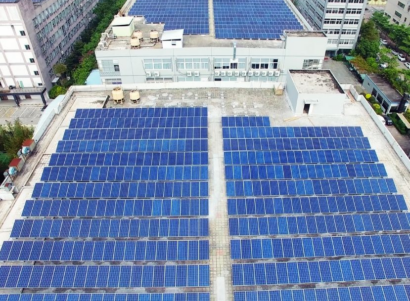A new analysis from PSE Healthy Energy examines emissions from petrochemical facilities in the Gulf Coast and Ohio River Valley. The findings suggest that fine particulate matter (PM2.5) and PM2.5 precursor emissions contributed to nearly 1,500 premature deaths in 2020, which scientists estimate is equivalent to roughly $17 billion in economic impacts. Particulate matter and its precursor emissions represent only a small fraction of total industry-based pollution.
For the analysis, published in a new interactive data tool and technical report, scientists reviewed all publicly-available emissions data to characterize the climate, air quality, equity, and health implications of petrochemical facilities in the Ohio River Valley (Ohio, Pennsylvania, and West Virginia) and the Gulf Coast (Louisiana and Texas). The data analyzed spanned from 2012-2021 and included 774 existing petrochemical facilities and 116 proposed projects. The analysis found that over time industry growth resulted in an 12% increase in annual greenhouse gas emissions across the two regions between 2012 and 2021.
“Petrochemical facilities are often located in densely populated areas, within communities that are at elevated risk from air pollution,” said PSE Healthy Energy’s Director of Energy and Health Lee Ann Hill. “We see this pattern with existing facilities, but also with siting for proposed facilities. Indeed, nearly half of all new petrochemical facilities are being proposed in communities that experience greater cumulative impacts of environmental injustice.”
Across both regions, 83% of petrochemical facilities are surrounded by populations with incomes under the national median of $41,000. Researchers estimated that 44% of all proposed petrochemical projects would be located in communities with “Very High” Environmental Justice Index (EJI) percentile rank (75th percentile or higher), indicating increased vulnerability of a community around a proposed facility as compared to other census tracts within a given state. On average, 27,556 people live within a three-mile radius of a facility in the Ohio River Valley, and 16,268 people live within the same distance on the Gulf Coast. Evidence suggests that residents living near petrochemical complexes have a higher risk of cancer diagnosis across multiple cancer types, as well as a higher incidence of adverse respiratory symptoms and increased risk of adverse birth outcomes.
###
About PSE Healthy Energy
PSE Healthy Energy (PSE) is a scientific research institute generating energy and climate solutions that protect public health and the environment. PSE provides expertise in public health, environmental science, and engineering and brings science to energy policy through actionable research, communications, and advising. Visit us at psehealthyenergy.org and follow us on X @PhySciEng.


 Interactive Data Tool
Interactive Data Tool












